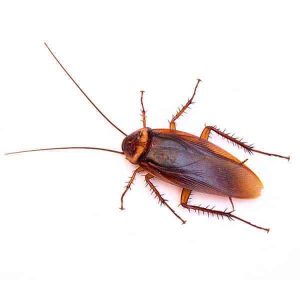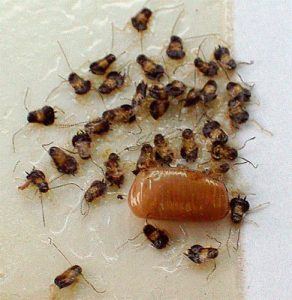


Our Greencare technician is trained to help manage and control cockroach infestations. Since every home or workplace is different, our Greencare technician will design a tailored program for your unique situation.
Keeping roaches out of your home or building is an ongoing process, not a one-time treatment. Greencare’s pest control in Singapore includes a comprehensive program that not only eliminates current roaches but also prevents future infestations.
Our Greencare technician can provide the right solution to keep roaches in their place…out of your home or workplace.

Cockroaches can be carriers of various diseases because they are often found near waste matter or in the kitchen, where there is food.
People often blame a cockroach problem on poor housekeeping. While a clean home is important to keep cockroaches out, these pests may get into a home due to other reasons. Cockroaches can hitch a ride on infested items brought inside, get indoors via cracks and gaps in the home’s exterior, enter through drains or sewer pipes and some can fly inside when attracted to lights.
While cockroaches are one of the most common pest problems, they are also one of the most stubborn. Infestations are hard to get rid of because these insects hide in a host of areas, breed very quickly, and may develop resistance to pesticides.
Cockroaches often taint food with E. coli and Salmonella bacteria, so it is not safe to ignore these pests. Exposure to cockroach feces and dead roaches over time can also trigger allergies and asthma.
How long it takes to rid your home of a cockroach infestation depends largely upon species and size of infestation. Many over-the-counter treatment products often prove ineffective against a cockroach infestation. These pests are extremely adaptable and may even be resistant to some home extermination methods.
Cockroaches undergo egg and nymphal stages before becoming adults. Eggs produced by female cockroaches are enclosed in resilient egg cases known as oothecae. The oothecae of cockroach species contain a range of nymph numbers which is dependent on species. The time it takes for eggs to hatch into nymphs varies between species as well and depends upon environmental conditions.
Egg
Female cockroaches produce egg cases, known as oothecae. Oothecae contain many eggs and are enveloped by a protein substance that gradually hardens into a strong, protective casing. Some cockroach species drop the egg case, while other species carry it until the eggs are ready to hatch.
Nymph
Cockroach eggs hatch because of the combined pressure of the hatchlings within. Upon emerging from the egg case, or ootheca, this immature form of cockroach is known as a nymph or baby cockroach. Nymphs are bright white in color initially. They enlarge through the intake of air and will harden and darken within hours.
Cockroach nymphs are grayish-brown in color and darken with each progressive molt. The nymphal development to adult ranges in length from months to over a year. Cockroach nymphs are similar to their adult counterparts. Cockroach nymphs undergo a series of molts. They emerge as full adults from their final molt.
Adult
Once the nymph stage is complete, the adult cockroach comes on the scene. Adults of many species can be distinguished from nymphs by their larger size and the presence of wings. However, a few species of cockroach, like the Madagascar hissing cockroach, lack wings even as adults.
Cockroaches can wreak havoc on your home. To win the war in cockroach pest control, here’s what you should know:
If you cannot find the answer to your question in our FAQs, you can always Contact Us . We will answer you shortly!